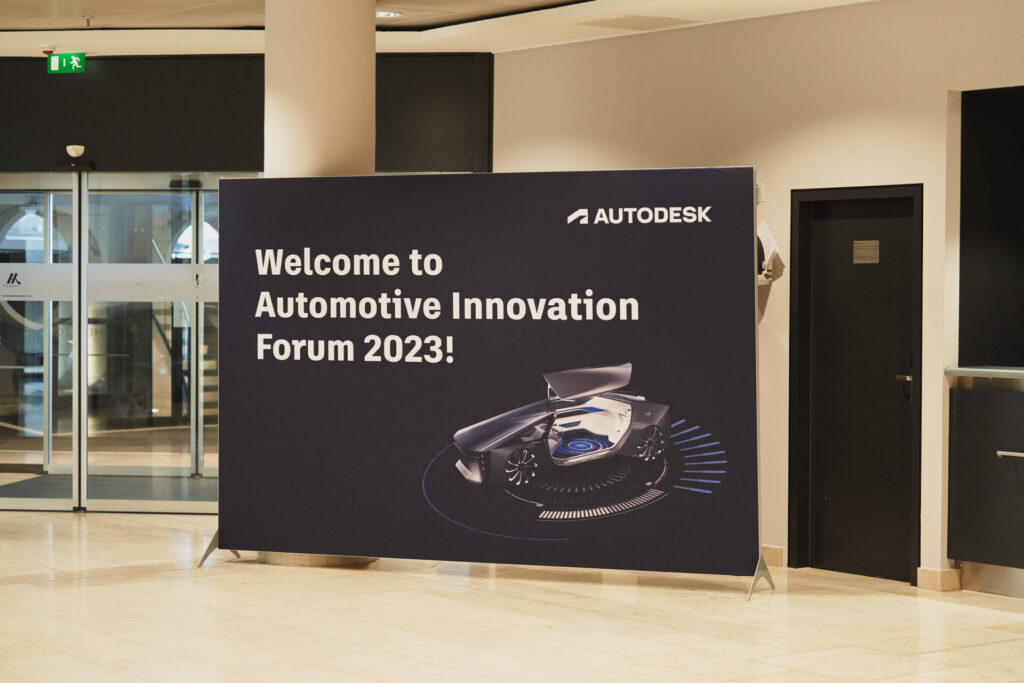
The perfect workflow
What does the perfect design studio workflow look like?
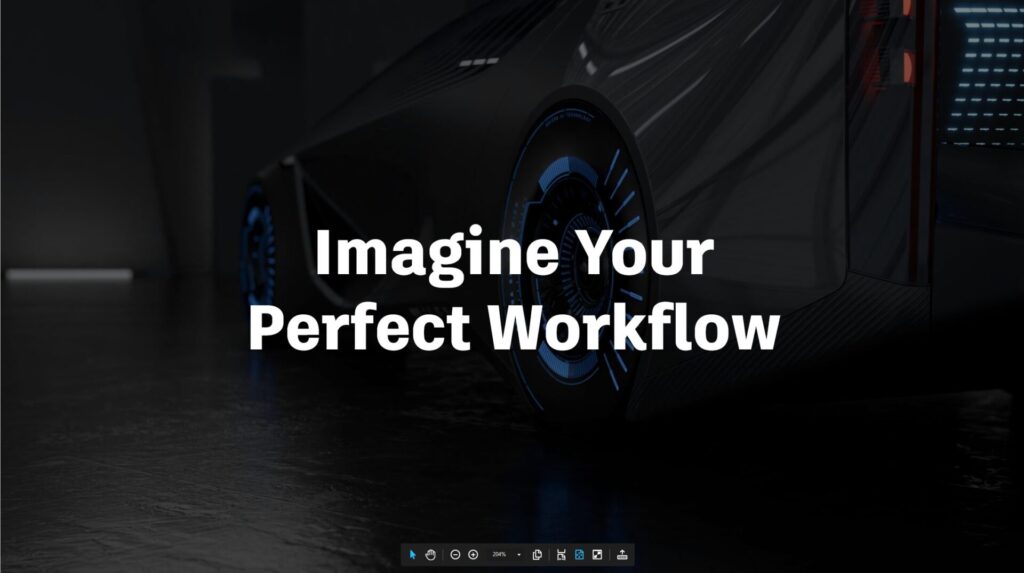
This provocative question by ShotGrid PM Brandon Tasker opened the 2023 AIF Design Studio Keynote.
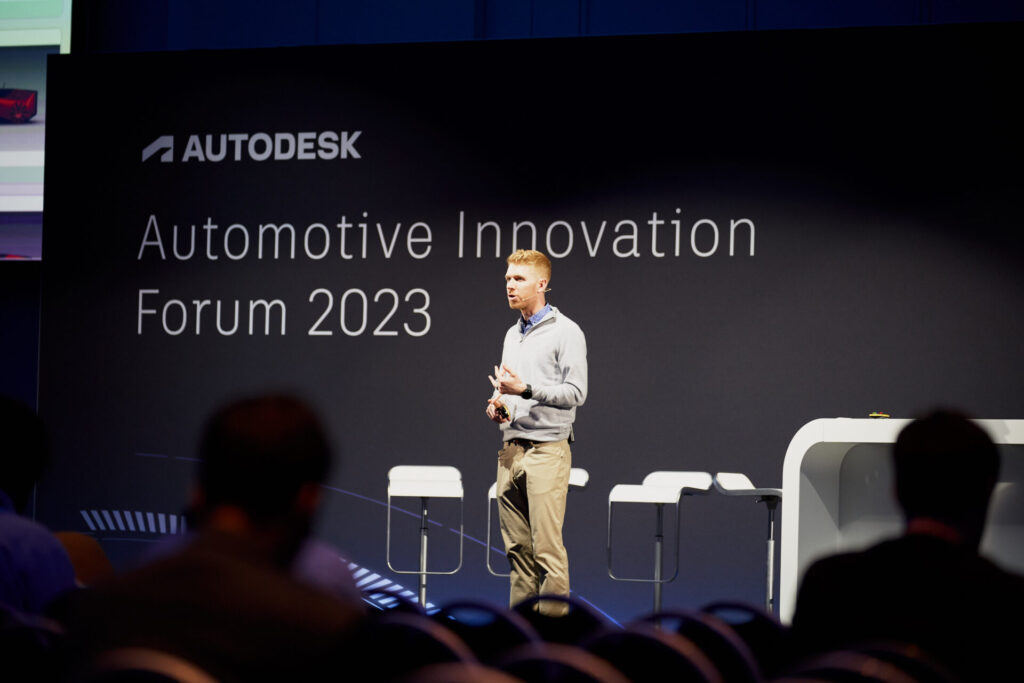
Some prospective answers: agile, freeform, flexible, works effectively, enables collaboration, shares information, captures and organizes data and decisions automatically, ensures access to the best tools, supports the work of your entire team.
This, Brandon notes, is the solution Autodesk is working towards – and a crucial component of that work is the release of Alias and VRED 2024.
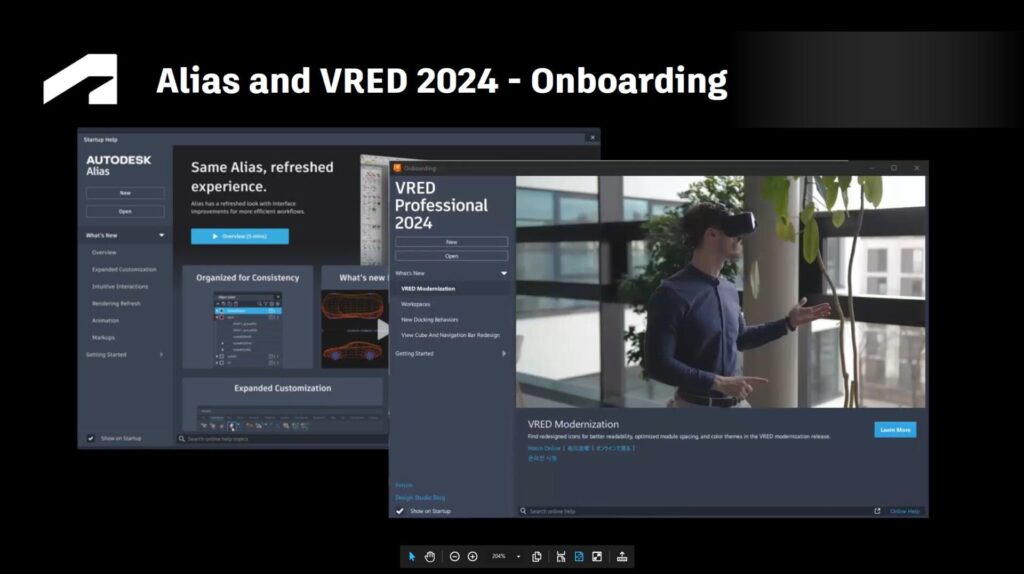
Their modernization offers an improved user experience and an aligned look and feel, both of which contribute to a more perfect workflow.
People and the agile design studio: Collaboration and user experience
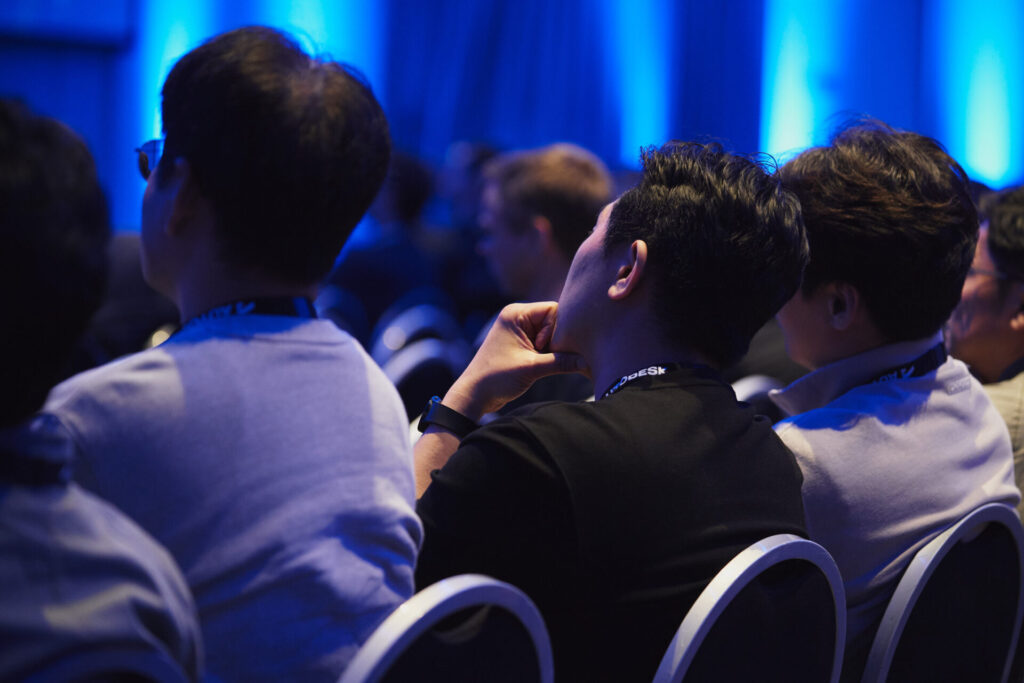
In his keynote, Brandon focuses on the people aspect of these new Autodesk solutions: integrating communication, democratizing visualization and access to materials, reusing assets across the project.
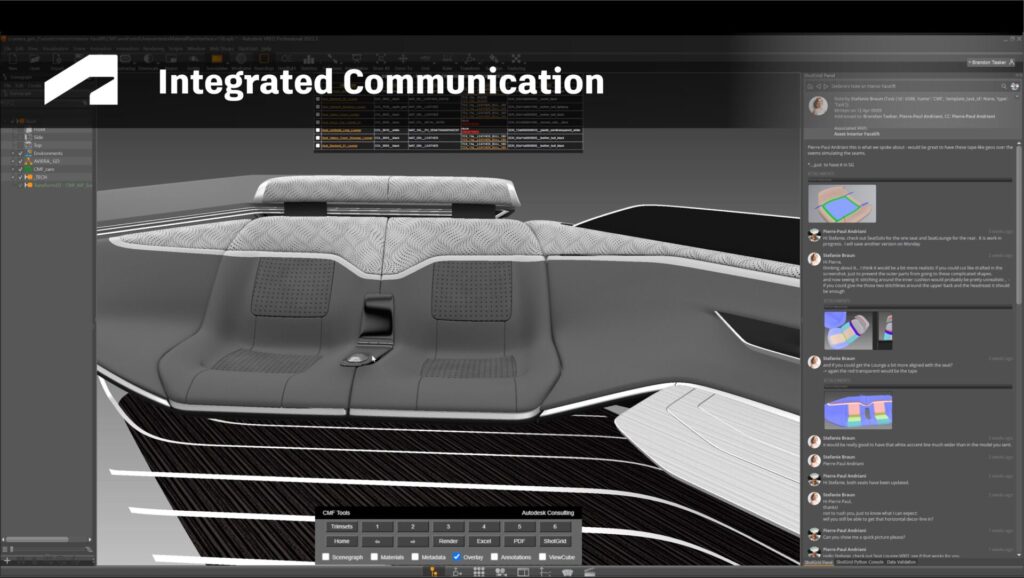
A few key takeaways:
- Studio collaboration and connectivity is becoming more and more important for every project. ShotGrid can transform how you connect the parts and teams of the studio together—for access, for oversight, for smarter decision making.
- Access to information across teams and departments—including feedback notes—can hinder or hone a project. ShotGrid allows teams from any department to access the data they need to iterate quickly and keep projects moving.
- User experience: from Alias’s modernization through the second phase of the Learning Editions, Autodesk solutions are customized to enable new opportunities and make design collaboration more intuitive and effective.
Technology in the agile design studio: Data, graphics, materials
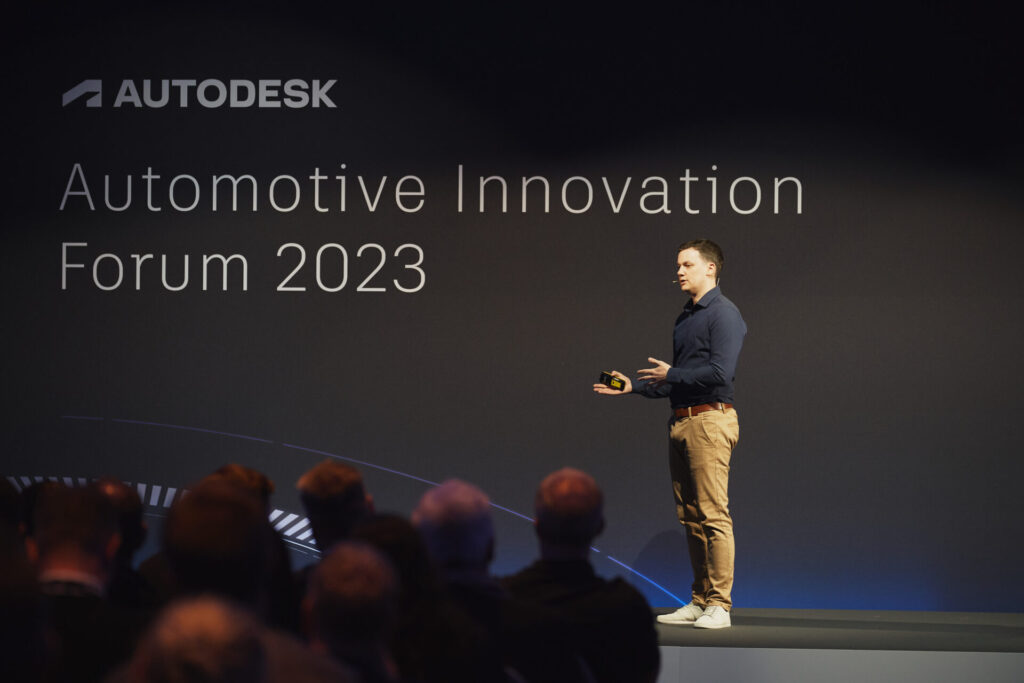
Enter VRED PM Lukas Fath to discuss the technology behind the workflow vision Brandon laid out for us. For so many of us, the key to technology solutions are how seamlessly they connect software to every part of our project. For Autodesk, this equates cross-product and inter-product solutions: future-proof and flexible graphics across products, seamless data flow between products, and leveraging open materials.
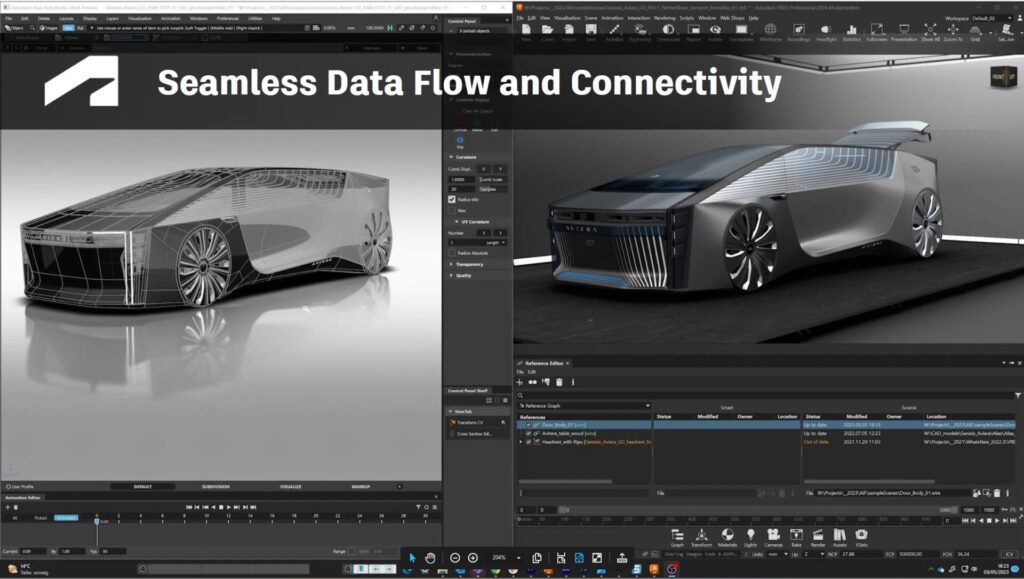
A few key takeaways:
- Metadata plays a key role here. Metadata is complex, and it also has so much potential for automation, pipeline integration and customization. Autodesk is focused on supporting the creation, maintenance, and management of metadata as fundamental to its solutions.
- Up next: componentized and modern graphics capabilities. That includes extended rendering capabilities, replacing OpenGL with Vulcan viewport technology and using graphics for emotional and experiential storytelling.
- Consistent materials between applications. Connecting Alias and VRED through a shared viewport means that you can align materials. That means you can use VRED materials directly in Alias without needing to swap them.
Future outlook for the agile design studio
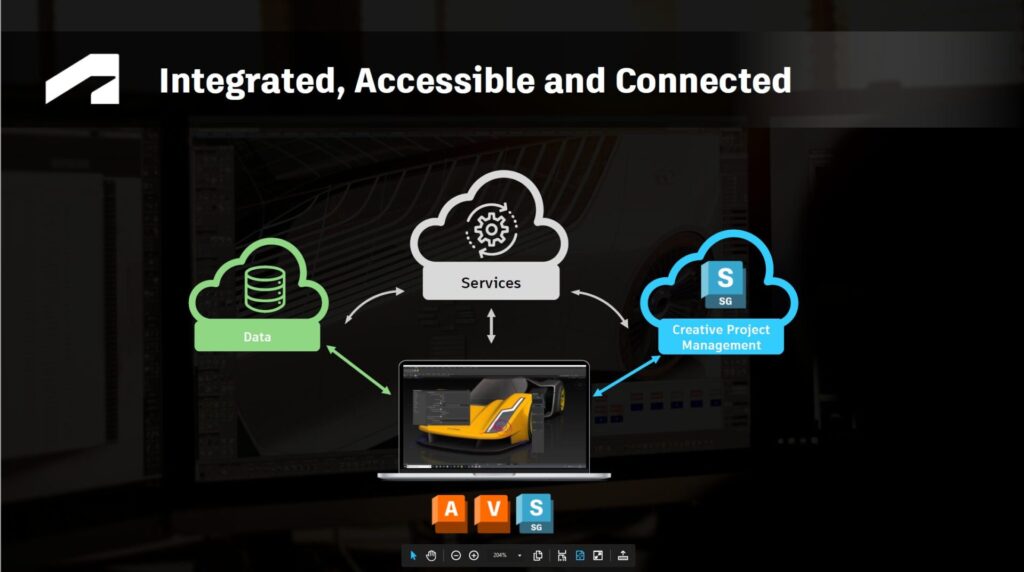
Brandon comes back to close us out with what all of this means for the future. Products that are easier and more accessible. Technology that connects graphics and data. The future: a single source of data across projects and people, connected to the cloud and your apps.
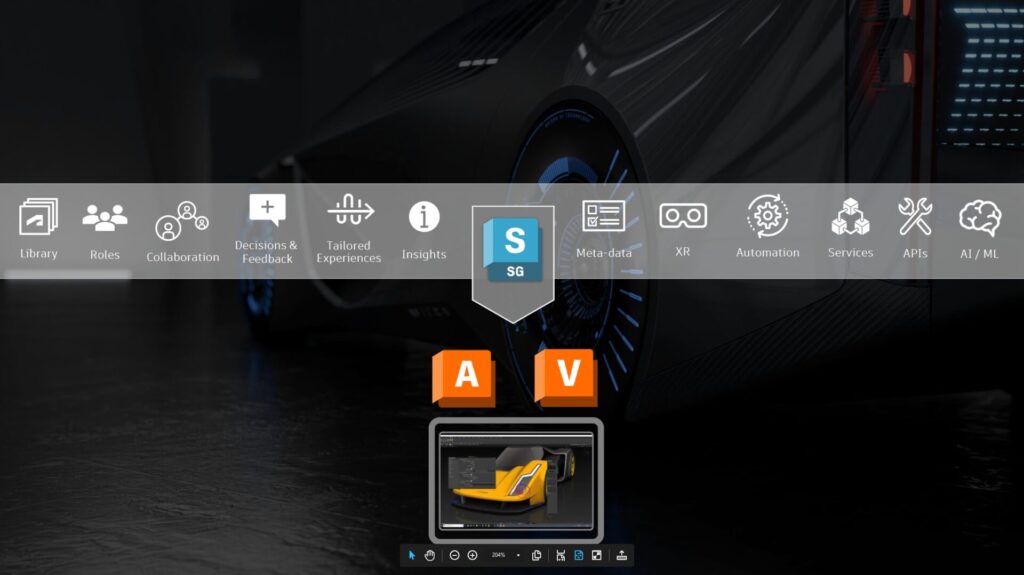
Automation, which drives your process and keeps your creativity focused on iteration and problem solving. AI: its potential for integration and democratization.
For the full presentation, watch the video below.
Yes, there will be more on AIF, product updates and inspiring stories!
Check us out on LinkedIn, subscribe to our Alias and VRED YouTube channels and follow us on Facebook.